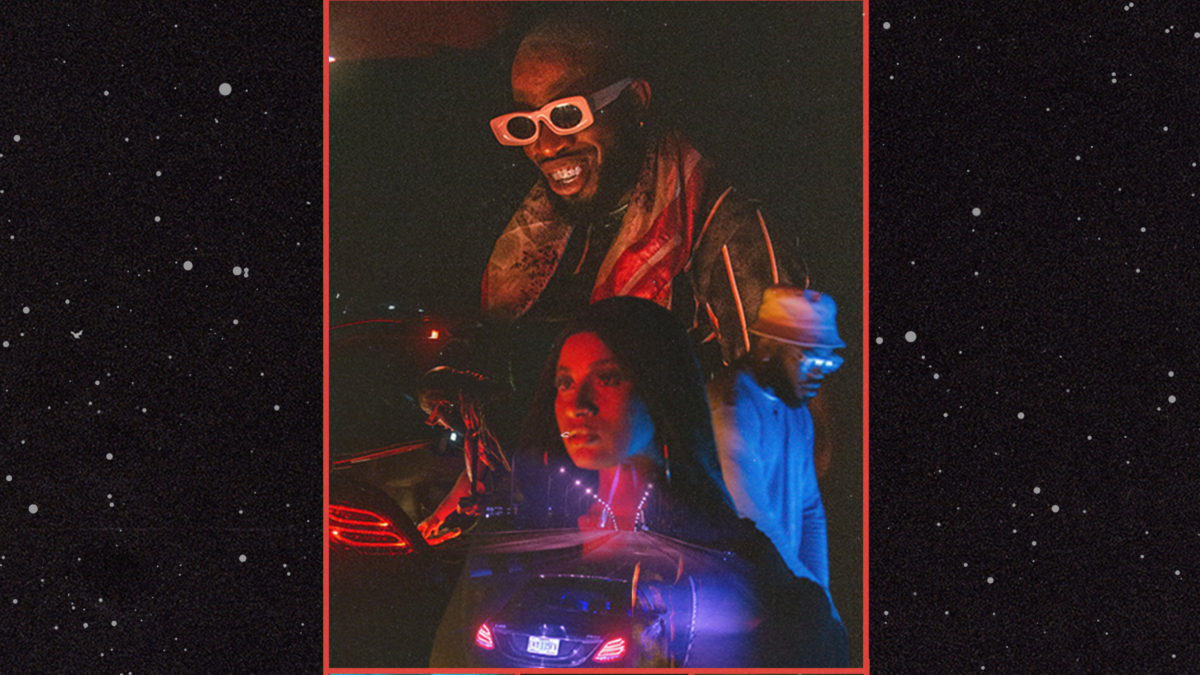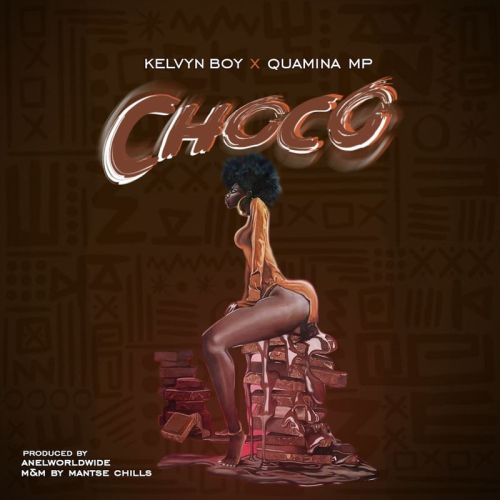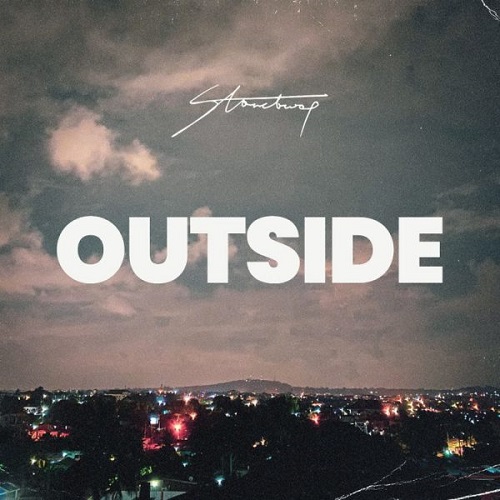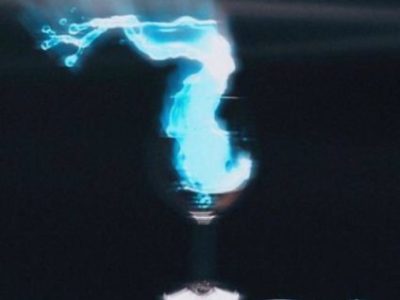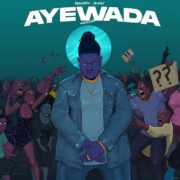
Each sound source (musical piece) produced by this is called a track (Music track) or the like. Programming (Music Programming) (English version)”. ” Computer music (English version) ” is an example of a name that refers to music and music production technology (technology) produced using a computer.
Overview
This term began to be used around 1988, when Roland released Music. At that time, DTM in a narrow sense was premised on the use of a personal computer, and often refers to music production on a limited scale in a daily environment. A general form of DTM was a system in which a sound module such as Roland ‘s SC series was connected to a personal computer and all performances other than vocals were entrusted to that one sound module.
Since DTM is premised on the use of a personal computer, when a sequencer dedicated machine or a synthesizer with a built-in sequencer is used alone without using a personal computer, it is included in so-called typing, but it is not usually called DTM.
The main operation of the user in music production is the sequence software [1] of a personal computer that inputs performance data and performs automatic performance. Automatic performance data by placing notes and rests on the score displayed on the sequencer software of a personal computer, or by playing a MIDI keyboard connected to a sound module and inputting it in real time to the sequencer software. / Create karaoke data.
The music production environment that introduces expensive equipment and software to this DTM and builds a full-scale system that can withstand professional use is often called a digital audio workstation (DAW) to differentiate it. However, it can be said that the decisive difference between them is about the recording environment due to the recent improvement in computer performance, software progress, cost reduction in high-end environment, and changes in the situation surrounding DTM. For this reason, “DTM” is often used in a broader sense these days than including “DAW”.
Data input method of sequencer software in DTM
Musical input
An input method in which notes and key signatures are pasted with the mouse onto the staff notation displayed on the screen of the sequence software. It is easy for beginners to understand, but it is not suitable for inputting fine nuances such as sound intensity and pitch bend.
Numerical input
A method of inputting numerical values such as pitch, length, and strength. This input method was established in the early digital sequencer Roland MC-8, and was adopted in sequencer software such as recomposes after that, and was the standard input format in “computer music” before the word DTM became popular in Japan. It can be said that it was. Since MIDI data itself is originally numerical data, it is a function that most sequence software still has as an edit mode. Although it has the characteristic of being able to produce fine nuances, it has the disadvantage of being difficult for beginners to understand.
Piano roll input
In the same way as entering data in the same way as a music box cylinder or a player piano piano roll , a key indicating the pitch is displayed on the left side of the screen, and a horizontal bar indicating the length of the sound is graphically displayed on the right side of the screen. On a screen that displays the pitch and length of a note (a player piano-like screen with the vertical axis as the pitch and the horizontal axis as the time), a method of placing data corresponding to notes in the same way as for musical note input. It is possible to input the utterance start timing and utterance duration of a sound without being bound by the unit of “notes”, but there is a drawback that it is difficult for people who are not familiar with the keyboard to understand. A similar input method is “matrix input” that specifies only the utterance start timing. This is an input method that originates from rhythm machines such as the Roland TR series, and is suitable for inputting data used for playing drums, percussion sound sources, and one-shot (non-looping) sampling waveforms that do not require a specified duration. There is.
Real-time input
A method of actually playing a MIDI controller (keyboard, etc.) connected to a sound module and inputting data. Suitable for people who are good at playing musical instruments. There is a drawback that extra data and mist ouch of after touch are also input.
Music Macro Language Input in language
It was used to express desktop music in BASIC language on early personal computers, but it can still be input to a small number of users almost completely with CUI or a familiar text editor, and the compiler software is lightweight. In addition, it can be input at a dramatically higher speed than other methods, and it is popular because it is easy to express in detail. However, there is a drawback that the whole song will shift if the rhythm is not properly synchronized.

